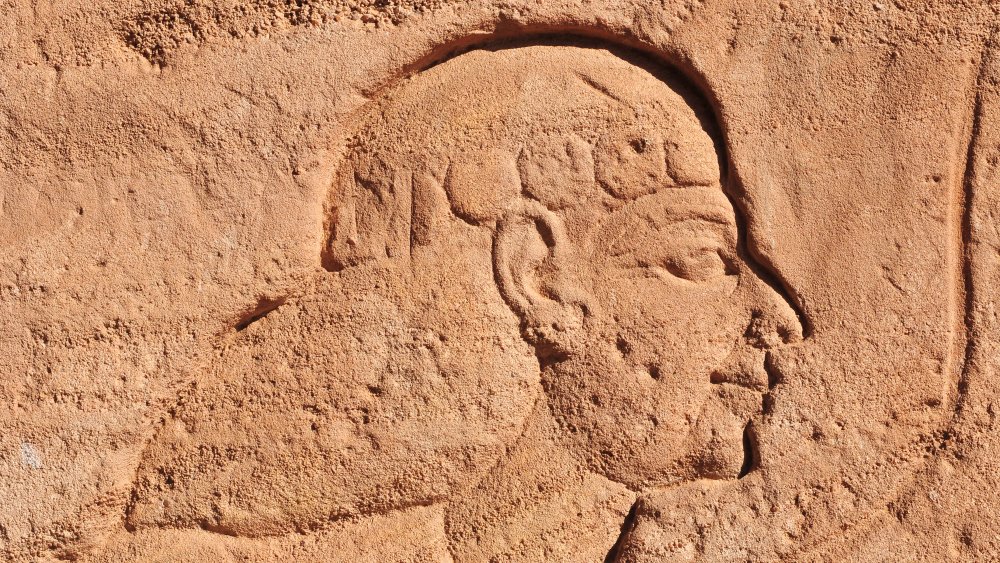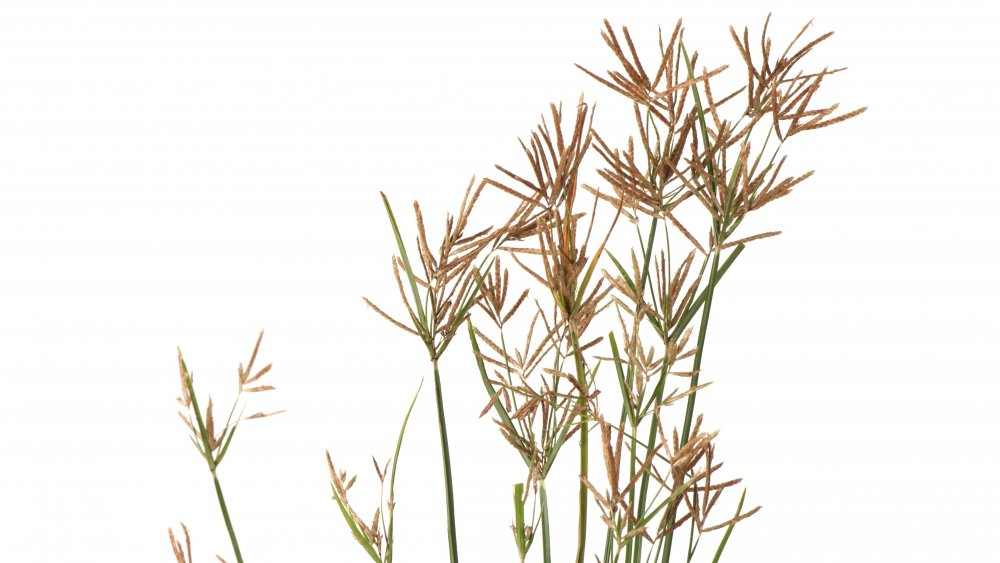The Odd Reason People In Ancient Sudan Had Excellent Teeth
In 2014, National Geographic reported on a new study published in the journal PLOS ONE. The study focused on an analysis of skeletons of people who had lived in Sudan approximately 2,000 years ago. (Modern Sudan is in northeast Africa, immediately south of Egypt.) The skeletons under analysis were those of people who had been buried in an ancient cemetery called Al Khiday 2. Scientists found that less than one percent of the teeth examined had any signs of tooth decay, including cavities and abscesses.
Early humans who lived before the advent of farming tended to have pretty good teeth, thanks to diets that were heavy on meat and light on carbohydrates. Once humans started eating more grain, "bacteria in the human mouth flourished, pouring out acids that eat away at the teeth." The Sudanese skeletons belonged to farmers, so why were their teeth in such great shape?
A possible answer lies in their consumption of a plant called purple nutsedge. Purple nutsedge is a modern, invasive nuisance, spreading wildly and not responding to herbicides. Experiments by researchers have shown that extracts of the weed prevent the growth of the bacteria that's most commonly responsible for tooth decay. Analysis of plaque on the Sudanese skeletons' teeth showed that the tubers of the purple nutsedge had been a part of their diet.
An unintentional antibacterial potion?
Did the ancient Sudanese people know that purple nutsedge was good for their teeth? Scientists aren't sure. They don't know whether the people eventually buried at Al Khiday 2 ate the tubers for food or for medicine, so perhaps the weed was an "unintentional antibacterial potion." A biological anthropologist unrelated to the study reported that "no other example has been reported of a specific plant that kept tooth decay in check among ancient people" and was excited by the results.
One of the study's co-authors, Karen Hardy of the Catalan Institution for Research and Advanced Studies at the Autonomous University of Barcelona, reported that the purple nutsedge tastes very bitter, so ancient people may have cooked it in order to make it more edible. Or perhaps they just endured its bad taste. She noted that they might have used the plant medicinally, pointing out that medicine "always tastes horrible," so the plant's unappetizing flavor would have been par for the course.
Some modern people might find the preparation and consumption of purple nutsedge only slightly more troublesome than flossing.

